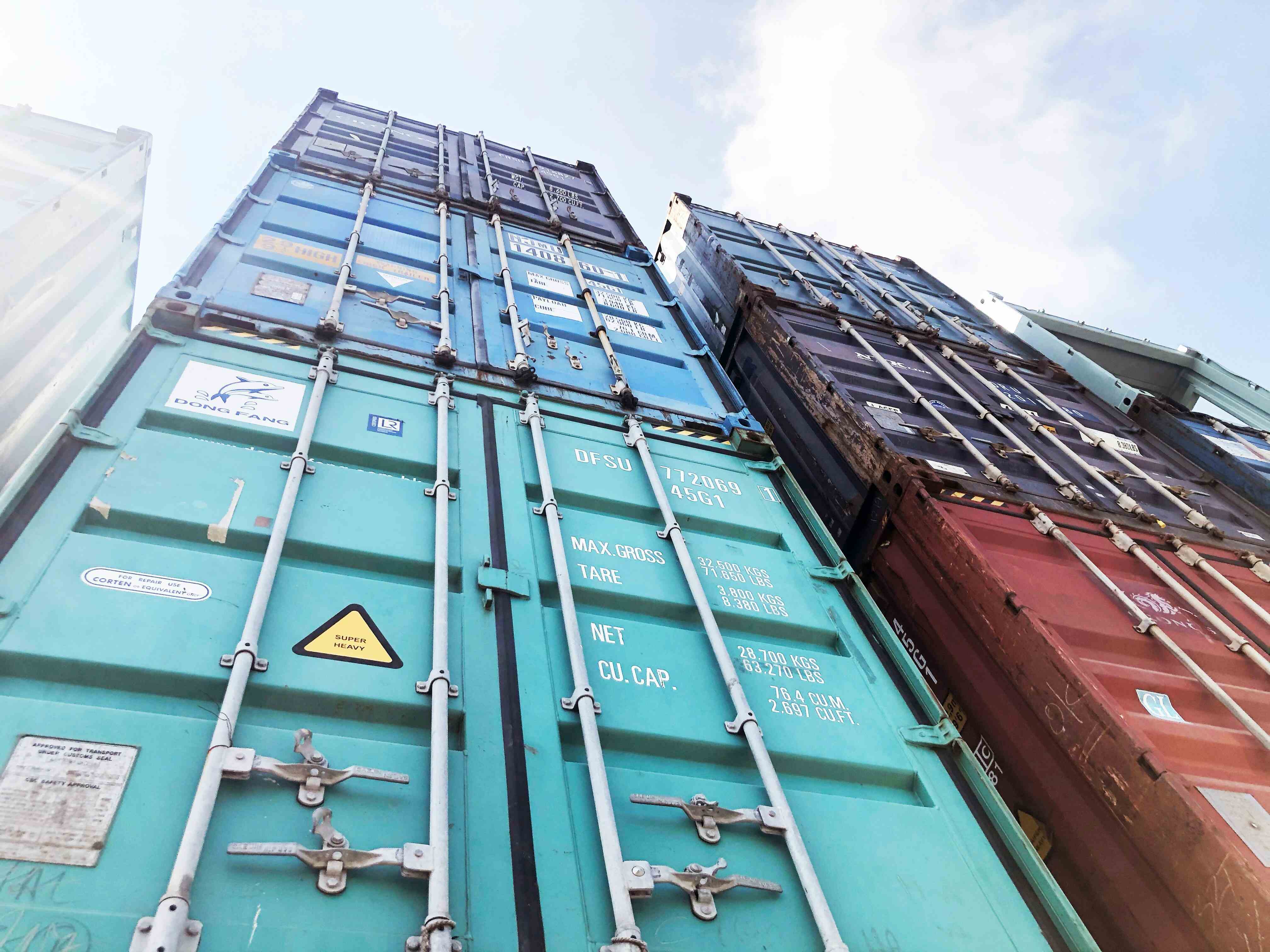

Quality Guarantee


Delivery in 2-5 business days
Proud member of


5.0 Stars on Google Reviews
While shipping containers were originally designed for transporting goods across oceans, people have found other ways to use them beyond their initial purpose. From homes and offices to storage units and pop-up shops, shipping containers have become a popular choice as a result of their durability, affordability, and versatility.

Added: 31/07/2024
One crucial aspect that’s often overlooked when repurposing shipping containers is ventilation, which is essential to ensure a comfortable and healthy environment inside. Let's explore the importance of shipping container ventilation before delving into the various ventilation methods, and some practical tips for optimizing airflow.
There are a number of reasons why having a well ventilated container is important, ranging from controlling condensation and moisture, to regulating temperature and improving air quality.
Condensation occurs when warm, moist air inside the container comes into contact with the cooler metal walls which leads to water droplets forming. This can cause mold, mildew, and rust, damaging the container's structural integrity and compromising the health of the people inside.
Shipping containers are essentially metal boxes so can become extremely hot in summer and very cold in winter. Proper ventilation helps to regulate the internal temperature of the container, making it more comfortable to be in and reducing the need for additional heating or cooling systems.
Good ventilation ensures a constant supply of fresh air, helping to remove pollutants, odors, and excess moisture inside an enclosed space. In a shipping container, this air flow helps to ensure the air quality is good, creating a safer and more pleasant environment to be in.
The better airflow that proper ventilation allows also contributes to the overall comfort of people inside, making it feel less stuffy and stagnant. This is especially important if the container is used as a living or working space, for example a container home or worksite container office.
The best ventilation method for your shipping container will depend on where you’re storing it and how it’s being used. Here are four of the top methods for ventilating a shipping container.
Passive ventilation relies on natural airflow without the use of mechanical systems. It is achieved through strategically placed vents that allow air to enter and exit the container. Shipping container air vents are usually in the highest point of the roof, where hot air naturally rises too, as well as at different heights on the side walls to create a cross ventilation effect.
As the name suggests, mechanical ventilation uses fans or other powered, mechanical devices to enhance airflow. This method is more effective in controlling the internal environment, especially in larger containers or in regions with extreme climates. Intake fans and exhaust fans work together to help to remove stale air and draw fresh air in, cycling it through to create a balanced ventilation system.
Solar powered ventilation systems are an eco-friendly option that harnesses solar energy to power mechanical fans inside the container. These systems are ideal for off grid containers or those in remote locations where electricity is limited, but usually require some additional setup such as solar panels and batteries.
For containers used as living or working spaces, air conditioning and heating systems can be installed to regulate temperature and improve ventilation. These systems often include built-in ventilation features to help ensure proper air circulation.
Before installing your ventilation system consider the intended use of the container, its size, and the local climate. For example, if your container is going to be in a hot and humid region, such as Florida, it may require a more robust ventilation system to combat moisture.
When installing a shipping container vent kit, aim to strategically place the vents in a way that maximizes airflow. Roof vents should be positioned at the highest point, while wall vents should be staggered to promote cross-ventilation.
Insulation helps regulate temperature and reduces the risk of condensation. Use materials like spray foam, rigid foam, or fiberglass insulation to line the container's interior.
Regularly inspect and clean ventilation components to ensure they function effectively. Replace filters, check for blockages, and ensure fans operate correctly.
Use dehumidifiers or moisture-absorbing materials like silica gel to further control humidity levels inside the container.
Proper ventilation is essential for maintaining a healthy, comfortable, and durable shipping container environment. Whether you opt for passive, mechanical, or solar-powered ventilation, the key is to assess your needs, plan accordingly, and maintain the systems regularly. By ensuring optimal airflow, you can transform a shipping container into a versatile and habitable space that meets your requirements.